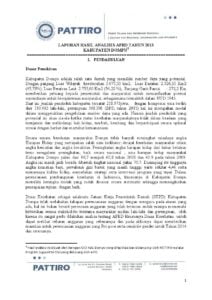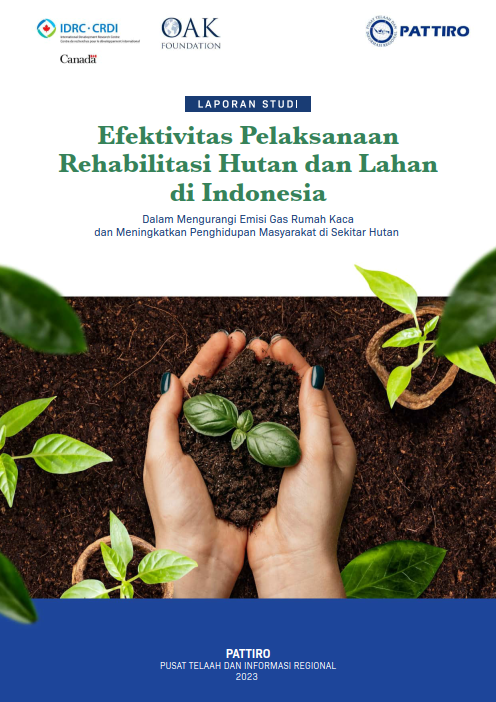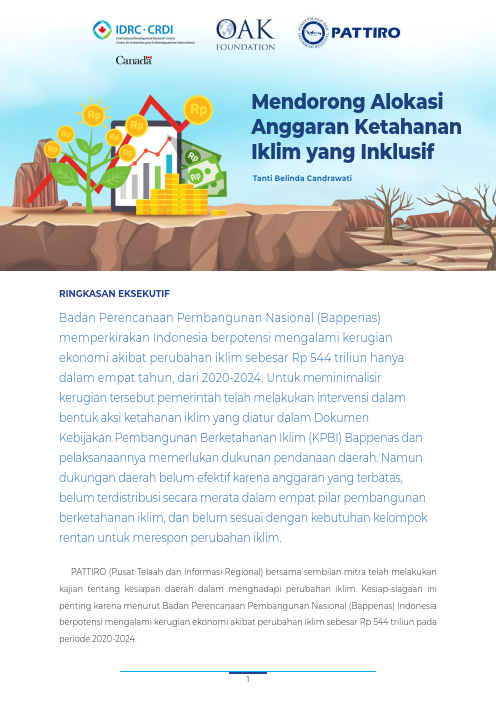 Dompu Regency is one area that has potential resources. With a total area length of 5,077.55 km2, land area: 2,324.55 km2 (45.78%), sea area: 2,753.00 km2 (54.22%), coastline length: 272.2 km, it provides opportunities for government and society to utilize their full potential for the welfare of society, as stipulated in the 1945 Constitution.
Dompu Regency is one area that has potential resources. With a total area length of 5,077.55 km2, land area: 2,324.55 km2 (45.78%), sea area: 2,753.00 km2 (54.22%), coastline length: 272.2 km, it provides opportunities for government and society to utilize their full potential for the welfare of society, as stipulated in the 1945 Constitution.
Currently the population of the district is 218,973 people; with an age composition of 110,665 men, 108,308 women (BPS; 2011) this is an asset in driving the management of existing resources. However, this potential population will be in vain when the health status of the people is not in a condition that guarantees and protects the right to live, grow, develop and participate optimally in accordance with human dignity.
In general, the health of the Dompu community has improved a lot, for example, the life expectancy rate, which is an indicator of the degree of public health, in addition to the mortality and morbidity rates. The increase in life expectancy from year to year continues to increase, both nationally, the life expectancy of the people of Dompu Regency, namely from 60.7 to 60.8 in 2008 and 60.9 in 2009. This figure is still far below the national level, namely 70.7 . Besides that, the high infant mortality rate, the prevalence of malnutrition which is still high, which is around 4.46 and the decreasing quality of life, requires appropriate strategies and program interventions. In planning for health development in Indonesia, especially in Dompu District, there is a framework for action that has been systematically arranged so as to enable the attainment of goals properly.
The Health Service as one of the Regional Government Work Units (SKPD) of Dompu Regency has carried out the budget planning stages by referring to existing regulations, this does not mean that the budget planning that has been prepared has been able to meet the needs of all stakeholders, especially the poor men and women, by because of that it is very necessary to do an analysis of the APBD, especially the Health Office to be able to see the actual distribution of the budget and in the end be able to provide input for pro-poor and gender-sensitive budget planning for 2014 and beyond.




